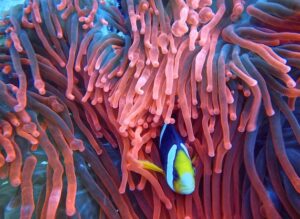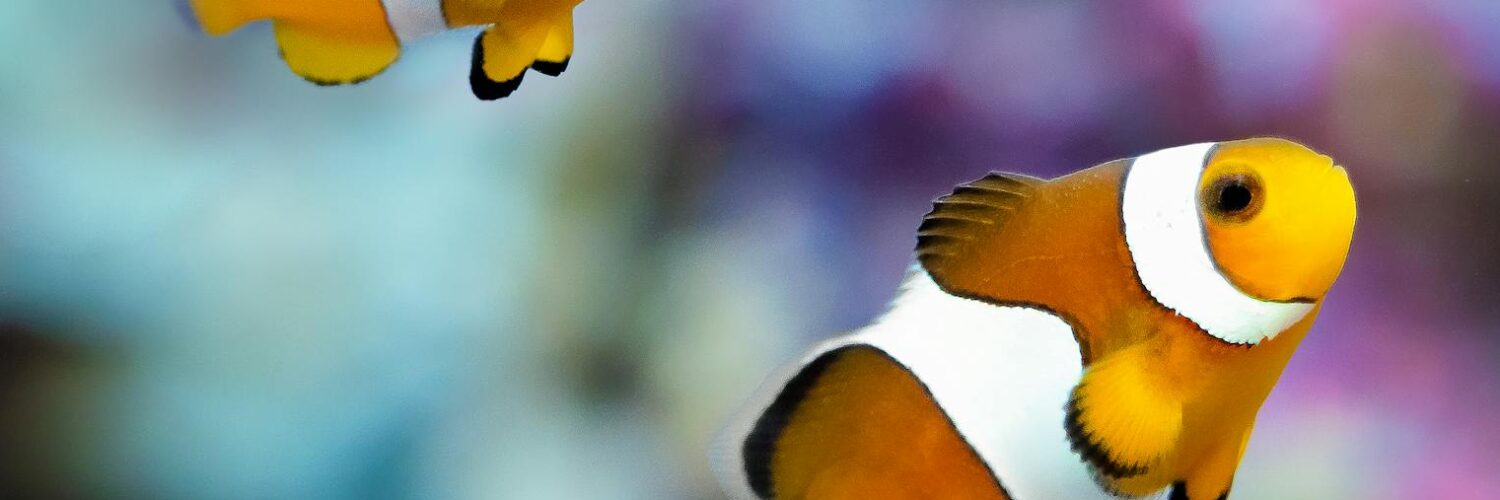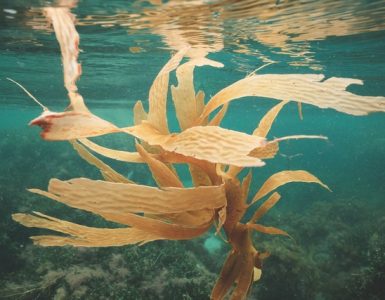Have you seen the 2003 animation movie, Finding Nemo, which went on to win the Best Animated Feature Oscar at the 76th Academy Awards?
If not let us do a quick recap, the film is about a fish named Marlin, living in the Great Barrier Reef. After his wife passes away, he becomes overprotective of his only son Nemo. One day, while exploring the water, Nemo is captured and ends up in an aquarium in a Dentist’s clinic.
The dejected Marlin embarks on an eventful journey to find Nemo. While Marlin has its share of adventures in the wide ocean with other marine animals, Nemo along with the other fishes in the fish tank plots their escape.
We will not reveal the suspense of the movie, you can watch it at your convenience.
The animated film showcases various sea animals like sharks, manta rays, sea turtles, wrasses, butterflyfish, angelfish, octopuses, crabs, and clownfish.
The two central characters, Marlin and Nemo are clown anemonefish, popularly called clownfish, a species that occupy Indian and Pacific Oceans.
They are generally small (3-5 inches), identified by their distinctive orange or yellow body with three white stripes – one near their neck, the other between their body, and the last near the tail fin.
While Finding Nemo, made clownfishes popular, one fact that the movie failed to tell, is that these marine animals can change their gender.
Clownfish are sequential hermaphrodites, meaning that they are born as males and can change sex to become females.
The reason it happens is also interesting, as a female typically leads groups of clownfish, while the second-in-command fish is male. When the alpha female dies, the next-in-line male changes into a female to become the leader.

So ideally, in the movie, Finding Nemo, the father fish Marlin should have become a female.
Anyways, we don’t watch movies to know the scientific details, but for entertainment.
Let us look at some of the interesting facts about clownfish.
Clownfish are part of the genus of Amphiprion which inhabit shallow, tropical waters in the oceans. They like to stay in places where they can hide, such as rocky crevices or coral reefs.
Clownfish share a special symbiotic (mutually beneficial) relationship with one specific type of stinging coral, sea anemones.
These small adorable fishes receive protection from predators by living among the tentacles of the anemone, which would be deadly to most other fish due to the anemone’s stinging cells.
In return, the constant swimming of clownfish around the tentacles circulates the water that supplies oxygen to the anemone.
Additionally, clownfish keep the area clean by feeding on small crustaceans, plankton, and algae near the sea anemones.
Though the movie did not reveal clownfish sex change behavior, it highlighted that they are popular aquarium fish due to their adorable looks, small size, and bright colors.
Do you know there is another fish found in the Great Barrier Reef that can change gender? Unlike Clownfish these fishes become males from females. Read here.
You can also watch this video on the importance of Coral Reefs.






Add comment